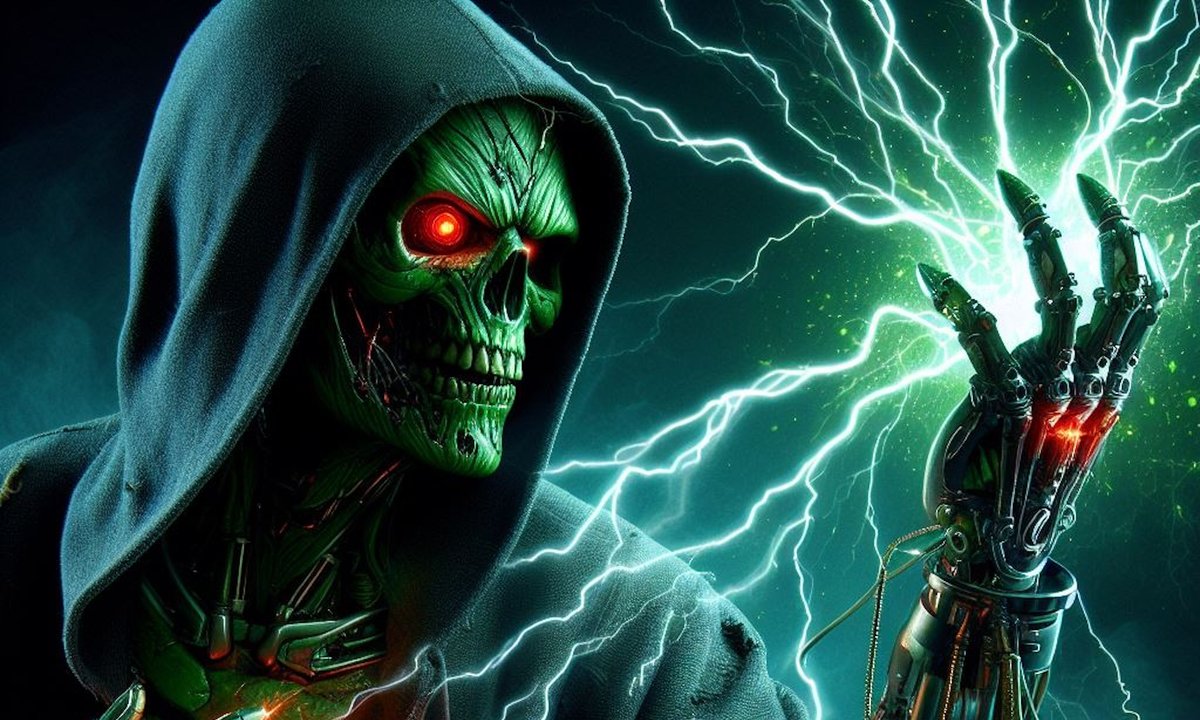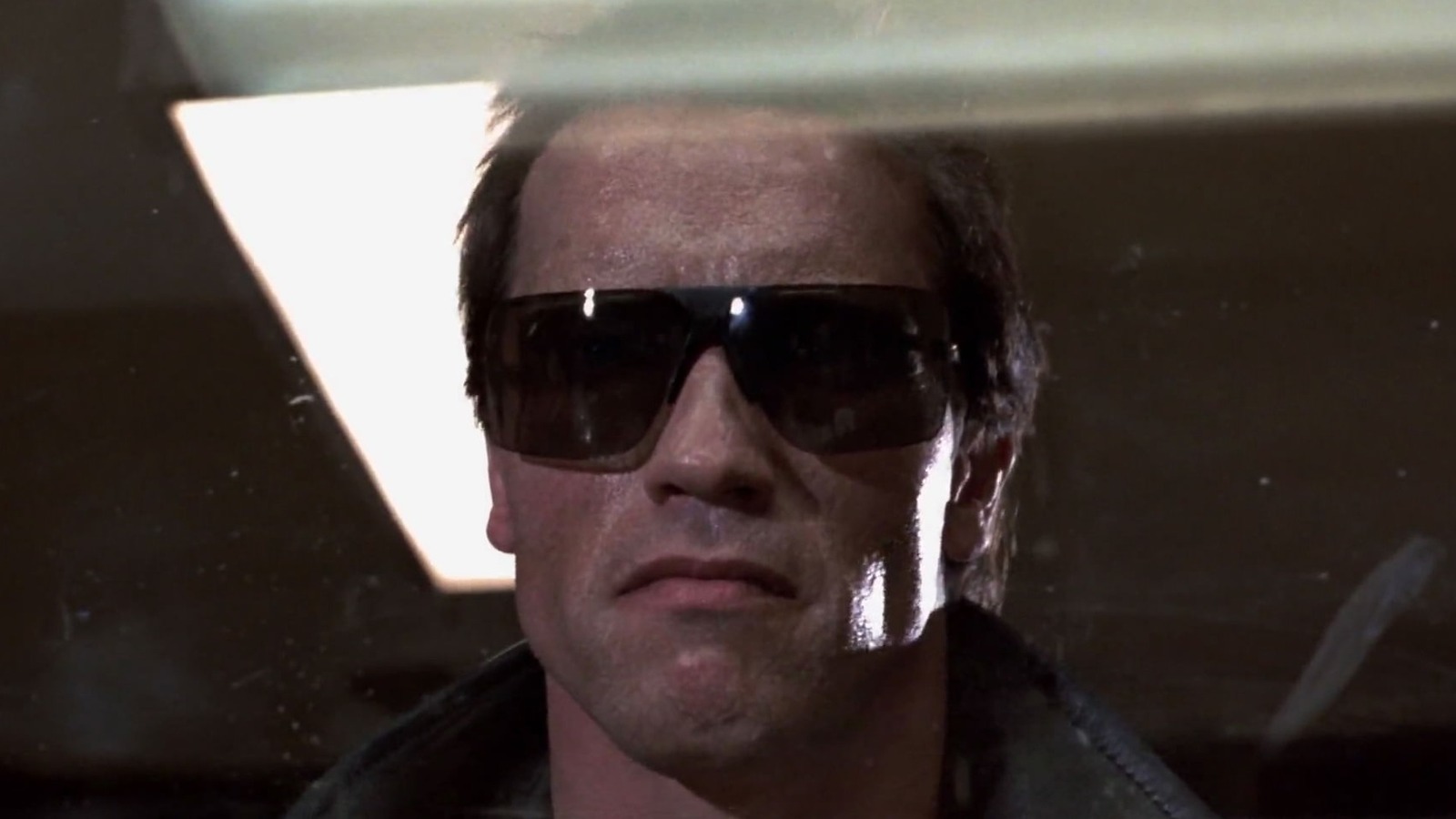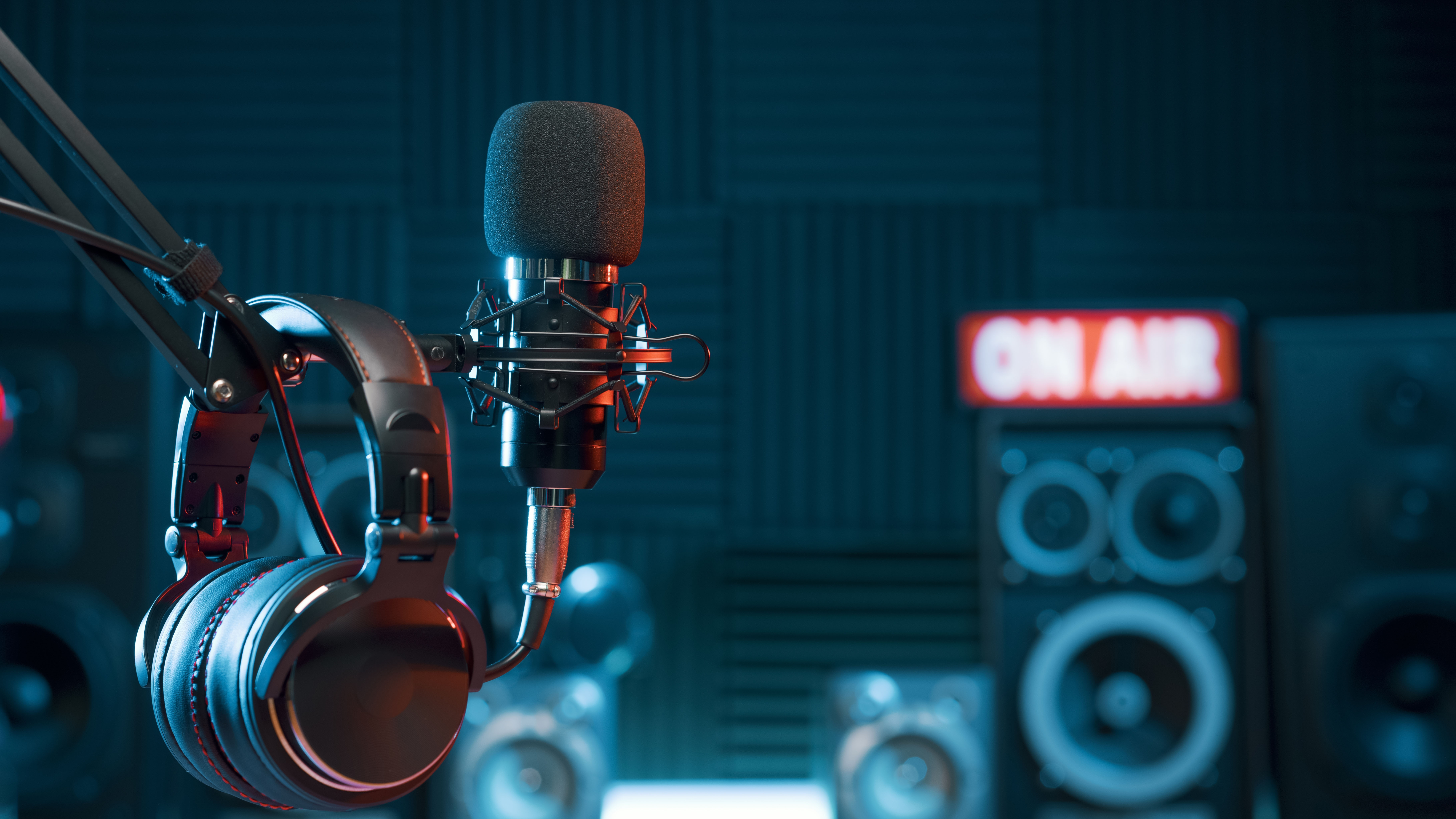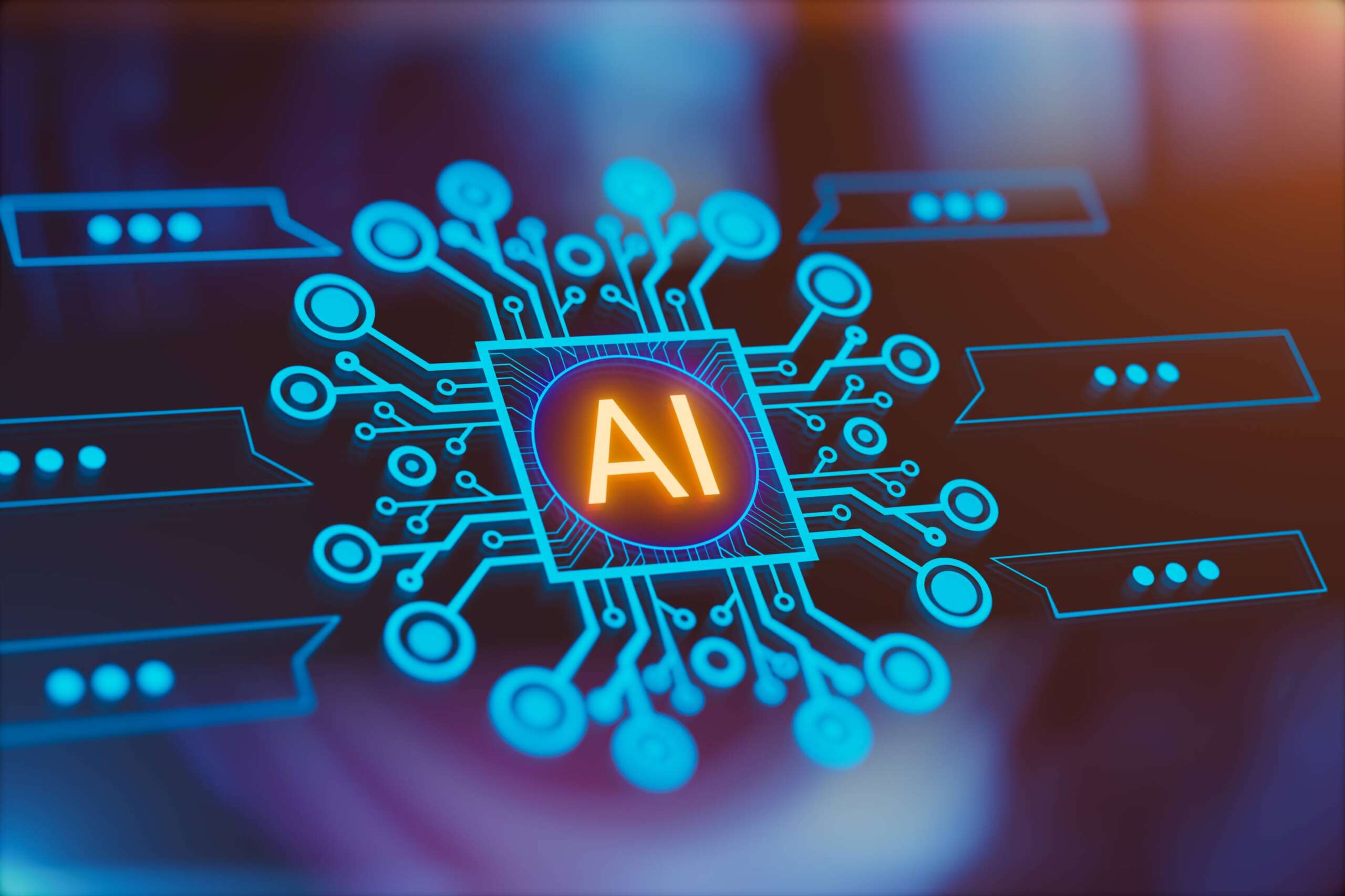- TECHSWU
- Posts
- TECHSWU #108
TECHSWU #108

In a bizarre twist of events, the Supreme Court of India's official YouTube channel fell victim to a hacking incident, leading to an unexpected flood of cryptocurrency ads. On Friday, hackers took over the channel, which boasts over 220,000 subscribers, and uploaded various videos promoting Ripple and other crypto products.
Thankfully, the Supreme Court quickly responded, deleting the rogue content, but the archived videos of important court proceedings have been made private and are currently unavailable to the public. As the court works to restore its streaming services, they assured the public that normal operations would resume shortly.
This incident underscores the rising sophistication of cybercriminals targeting high-profile entities, with authorities like the FBI issuing warnings about increasing hacking activity.

In a refreshing take on the evolving art world, Sarp Kerem Yavuz argues that artificial intelligence (AI) should not be seen as a nemesis, but rather as an empowering tool for artists. Addressing fears highlighted by Chris Michaels in The Art Newspaper, Yavuz dismisses concerns over access to advanced AI as exaggerated.
He likens the situation to past advancements in photography, suggesting that artists can thrive alongside technological progress, rather than be hindered by it. AI platforms like Midjourney offer artists unprecedented access to sophisticated tools at a fraction of traditional costs, potentially democratizing creativity.
Yavuz urges a shift in dialogue: instead of fearing AI’s impact, we should explore its vast potential to enhance artistic expression for all, much like previous innovations in art. In essence, AI is not the enemy; it’s a new brush in the artist’s toolkit.

James Cameron, the visionary director known for his cautionary tales about technology in films like "Terminator" and "Avatar," is now taking a surprising turn: he’s joining the board of Stability AI. Just last year, Cameron voiced serious concerns about the rise of artificial intelligence, warning about its potential for misuse, including misinformation and military weaponization.
His new role alongside industry heavyweights like Sean Parker raises eyebrows, as it signals a potential shift in his stance toward AI in filmmaking. While Cameron could be aiming to promote responsible AI usage, fans and critics are left wondering how this alliance will impact his future projects.
Will his upcoming films incorporate AI elements, and if so, will they face backlash like so many others? Stability AI's CEO claims Cameron’s involvement will transform visual media, but many see this move as ironic, given his history of cautioning against technological dystopias. It’s a fascinating development that reflects the ongoing tension between innovation and ethics in Hollywood.

In a fascinating exploration of Google’s innovative AI podcast creator, NotebookLM, TechRadar's Graham Barlow reveals a world where the line between reality and artificial intelligence blurs. With just a click, this tool transforms any written content—like Barlow's own Tai Chi article—into a lifelike conversation between two virtual presenters, complete with human-like quirks and insights.
The resulting audio is so engaging and natural that it leaves listeners questioning what they can trust as real. As Barlow reflects on the dawn of this new AI-age, he contemplates the wider implications for media production and personal authenticity.
With the potential for personalized content creation just around the corner, he finds himself torn between excitement and apprehension about a future where AI reshapes storytelling and communication in profound ways. It’s a thrilling yet unsettling glimpse into the possibilities—and challenges—of AI in our daily lives.


Join the discussion at the upcoming "Federal Executive Forum: Artificial Intelligence Strategies in Government" webinar on October 8, 2024! Discover how agencies are adapting and enhancing their AI strategies to effectively meet their missions. With insights from notable experts including NASA’s Chief Data Officer and Deloitte's Managing Director for AI & Data, this event promises a treasure trove of knowledge.
Attendees will hear about real-world challenges and the innovative solutions that are shaping the future of technology in government. Don't miss your chance to learn from the best and gain a unique perspective on the progress and best practices in AI deployment across federal agencies.

Dyson has officially launched its new OnTrac wireless headphones in India, captivating audiophiles with a stunning audio experience! Priced at Rs. 44,900, these headphones feature powerful 40mm neodymium drivers for immersive sound quality.
Notably, the OnTrac headphones boast a head detection feature, ensuring seamless connectivity and user-friendly operation. Available in four stylish colors—CNC Black Nickel, Ceramic Cinnabar, CNC Aluminium, and CNC Copper—you can choose a pair that matches your vibe.
But that’s not all; they’re also compatible with the MyDyson App for a personalized listening experience. With an impressive battery life of up to 55 hours, the OnTrac headphones promise to keep your tunes going for longer.

Exciting new research could change our understanding of black holes, long thought to be cosmic monsters with singularities and event horizons! Physicist Ramy Brustein from Ben-Gurion University proposes that these enigmatic features may not exist at all. Instead, he suggests that black holes could be "frozen stars," which do not collapse into infinite density, thus providing potential solutions to long-standing paradoxes, including Hawking's black hole radiation quandary.
These frozen stars would still exhibit characteristics we associate with black holes, but without the complications of singularities. The implications of this theory could dramatically reshape physics and our grasp of the universe, especially if confirmed through future observations of gravitational waves from space phenomena.

Stay ahead in the dynamic world of additive manufacturing with TCT Magazine's latest roundup! Exciting developments include Markforged's $25 million settlement with Continuous Composites, resolving a major IP dispute, and SpaceX's $8 million licensing deal with Velo3D for metal 3D printing technology. The pulse of the industry continues to race with innovative launches, such as Rapid Fusion's Apollo robotic system for producing large components, and Carbon marking a milestone with over 1 million dental parts printed in partnership with Keystone.
As TCT gears up for North America’s largest additive manufacturing event, RAPID + TCT, experts are invited to share their insights. With ongoing advancements and increasing collaborations, the future of 3D printing is shining bright! Dive into the latest news to keep your finger on the pulse of this transformative technology.

At Species X Beer Project in Columbus, beer brewing meets cutting-edge technology as founder Beau Warren incorporates artificial intelligence into the craft of beer-making. Opened in January 2024, this innovative brewery stands out as the first in Ohio to blend traditional brewing techniques with AI-generated recipes.
With a lineup of 26 unique beers, some crafted by human ingenuity and others by AI—dubbed the “silicon species”—Warren believes this collaboration enhances creativity and innovation in brewing. He envisions a future where these one-of-a-kind brews not only tantalize taste buds but also pave the way for advancements such as brewing in space.
As the beer industry embraces this technological leap, Warren emphasizes the excitement of being at the forefront of a brewing revolution that merges tradition with futuristic possibilities.

Apple users encountered brief disruptions with iMessage and FaceTime on September 23, 2024, prompting confusion among some users who reported delayed message deliveries and difficulties with video calls. Although the issues were localized—allowing many to continue their conversations uninterrupted—Apple acknowledged the hiccup on its system status page and confirmed that it has since been resolved.
The swift response indicated it was a minor glitch rather than a full-scale outage, as evidenced by minimal social media chatter about the incident. Meanwhile, some iPhone 16 Pro users are facing separate touchscreen responsiveness problems, likely due to software issues rather than hardware defects, suggesting a straightforward fix could be on the horizon.
